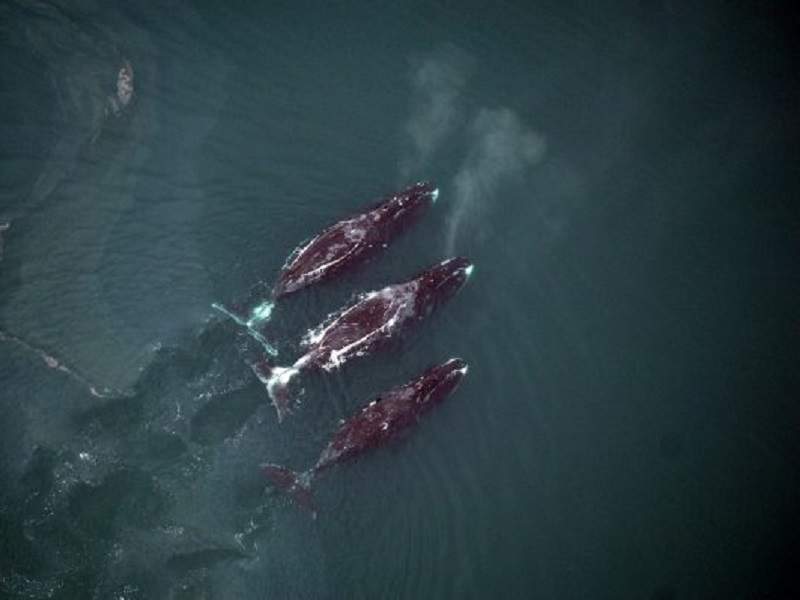
An increase in marine ship traffic in waters off Alaska is threatening the survival of several marine mammals, including bowhead wales, a study by the University of Alaska Fairbanks and the University of Washington has revealed.
Researchers at the two universities ranked the mammals that are most vulnerable to disruption due to increased shipping in cold waters, concluding that bowhead wales and narwhals are at the highest risk of being affected in Alaska and the Arctic respectively.
Funded by NASA and the Collaborative Alaskan Arctic Studies Program, the report was published in the Proceedings of the National Academy of Sciences earlier this week. It claims that the melting of ice in Arctic zones due to climate change has favoured an increase in shipping traffic from tourism and freight.
Lead author Donna Hauser said: “We know from more temperate regions that vessels and whales don’t always mix well, and yet vessels are poised to expand into this sensitive region. Even going right over the North Pole may be passable within a matter of decades. It raises questions of how to allow economic development while also protecting Arctic marine species.”
The study identified 42 subpopulations that could be exposed to vessel traffic and found bowhead whales, walruses and beluga whales as the animals most at risk. The subpopulation of bowhead whales in the Bering, Chukchi and Beaufort seas also has the highest exposure to sea routes and is therefore very vulnerable.
Polar bears were identified as least likely to be affected by shipping traffic, particularly in September when they tend to remain on land and don’t rely on underwater sounds for communication and navigation.
How well do you really know your competitors?
Access the most comprehensive Company Profiles on the market, powered by GlobalData. Save hours of research. Gain competitive edge.

Thank you!
Your download email will arrive shortly
Not ready to buy yet? Download a free sample
We are confident about the unique quality of our Company Profiles. However, we want you to make the most beneficial decision for your business, so we offer a free sample that you can download by submitting the below form
By GlobalDataThe researchers identified two narrow passageways where ships and animals are most likely to cross paths: Lancaster Sound in the northern Canadian territory of Nunavut and the Bering Strait separating the US and Russia. The latter is a particularly critical point, as vessels use both the Northwest Passage and the Northern Sea Route, while belugas, seals, bowheads and walruses migrating in and out of the Arctic pass through it.
Co-author and polar scientist at the University of Washington Kristin Laidre said: “We could aim to develop some mitigation strategies in the Arctic that help ships avoid key habitats, adjust their timing taking into account the migration of animals, make efforts to minimise sound disturbance or in general help ships detect and deviate from animals.”







